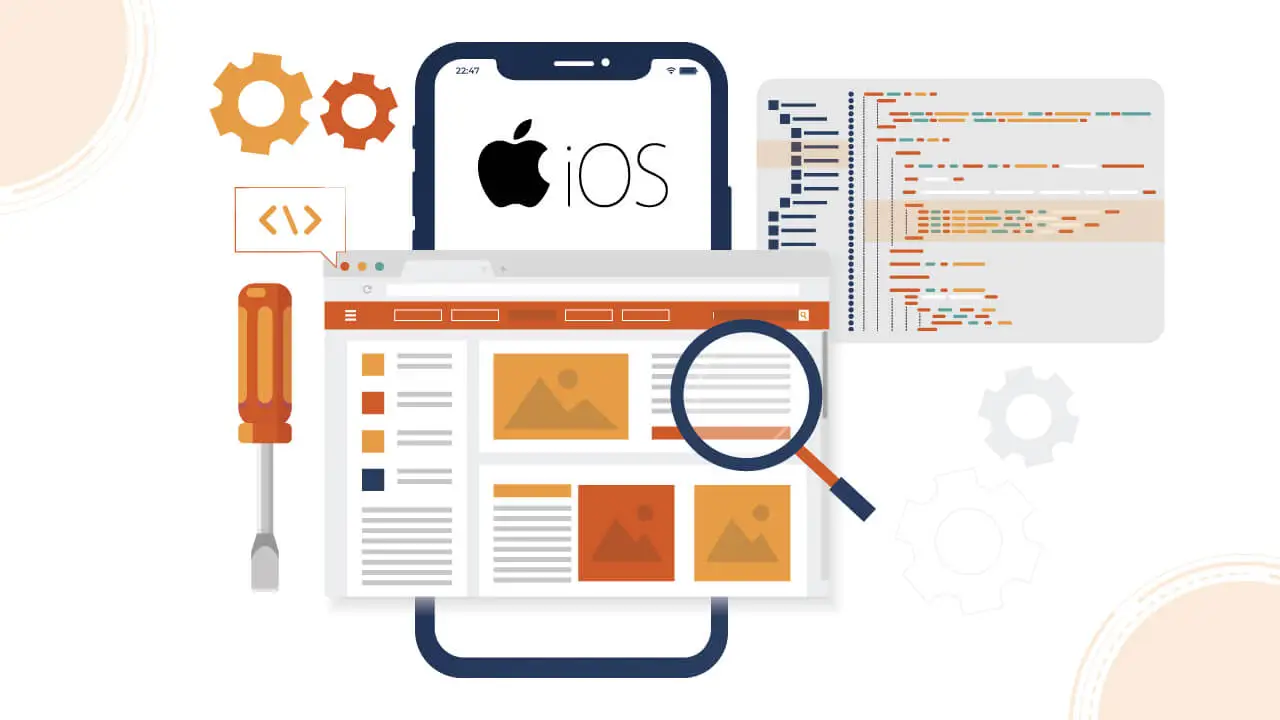Resetting an iPhone using the buttons is a useful technique for troubleshooting, especially when the device becomes unresponsive or encounters software issues.
This process, often referred to as a “hard reset” or “force restart,” is designed to help solve problems without erasing any data, unlike a factory reset which completely wipes the device.
The method of performing a reset can vary depending on the model of the iPhone you are using, and understanding these variations is key to executing the procedure effectively.
Differences Between Factory Reset and Hard Reset
A hard reset (or force restart) is essentially a way to reboot your iPhone without affecting your personal data.
It’s useful when your device becomes unresponsive or freezes and can often fix minor software glitches.
This process does not delete any data but is equivalent to restarting a computer when it encounters issues.
The purpose of a hard reset is to forcefully shut down and restart the device, often resolving temporary problems such as screen freezes or unresponsive apps.
On the other hand, a **factory reset** is a more drastic step that erases all content and settings from your iPhone.
This option is used when you want to restore the device to its original state, for example, if you are planning to sell or give away your iPhone or if persistent software problems require a fresh start.
Before performing a factory reset, it’s crucial to back up your iPhone to ensure you don’t lose important data like photos, contacts, and app information.
How to Perform a Hard Reset Based on iPhone Models
iPhones with Face ID (iPhone X and newer):
1. Quick Press Volume Up: Start by quickly pressing and releasing the Volume Up button.
2. Quick Press Volume Down: Next, quickly press and release the Volume Down button.
3. Press and Hold the Side Button: After the first two steps, press and hold the Side button (power button) until you see the Apple logo appear on the screen. The iPhone will then restart, and the problem should be resolved.
iPhones with a Home Button (iPhone 7, iPhone 8, and earlier models):
1. Press and Hold Side/Top and Volume Down Buttons: For iPhone 7 and 8 series, press and hold both the Side (or Top) button and the Volume Down button simultaneously.
2. Wait for Apple Logo: Continue holding both buttons until the Apple logo appears, which indicates that the hard reset is complete.
For Older iPhones (iPhone 6s and earlier):
1. Press and Hold Home and Side/Top Buttons: On older iPhones, press and hold the Home button and the Side (or Top) button at the same time.
2. Wait for Apple Logo: Keep holding until you see the Apple logo, signaling that the device has restarted successfully.
Troubleshooting Common Issues with a Hard Reset
A hard reset is typically effective in resolving several issues, such as:
- Frozen Screen: If your iPhone is completely unresponsive, and the screen won’t react to touch or commands, a force restart can resolve the issue.
- App Crashes: If an app freezes, preventing you from closing it or navigating away, a hard reset can force the iPhone to restart and close the troublesome app.
- General Unresponsiveness: If the device is sluggish or refuses to respond to basic commands, a hard reset may restore normal functionality.
- Unexpected Behavior: Strange behavior like random screen glitches or unusual sounds can sometimes be fixed with a hard reset.
It is important to note that while a hard reset is generally safe, it should be considered a last resort.
Before jumping to a hard reset, try less invasive troubleshooting steps like force-quitting the app or powering off the phone through the normal shutdown procedure.
Performing a Factory Reset for Deeper Troubleshooting
A factory reset is more thorough than a hard reset because it completely wipes your device and returns it to original settings.
This is useful when a hard reset does not resolve deeper software issues or when you plan to sell or give away your iPhone.
However, before performing a factory reset, **backing up your iPhone is essential**.
To initiate a factory reset:
1. Go to Settings: Open the Settings app on your iPhone.
2. Navigate to General: Scroll down and select “General.”
3. Select Reset: Tap on “Reset” and choose “Erase All Content and Settings.”
4. Confirm the Reset: Enter your passcode if prompted, then tap “Erase” to confirm.
Entering Recovery Mode for Advanced Troubleshooting
If neither a hard reset nor a factory reset resolves the issue, or if your iPhone is stuck in a boot loop, entering recovery mode may be the next step.
1. Connect to a Computer: with iTunes ,Use a cable to connect your iPhone to a computer (on a PC) or Finder (on a Mac running macOS Catalina or later).
2. Enter Recovery Mode:
- For iPhones without a Home button: Quickly press and release the Volume Up button, then the Volume Down button, and finally hold the Side button until the recovery mode screen appears.
- For iPhones with a Home button: Simultaneously press and hold the Home button and the Side (or Top) button until the recovery mode screen appears.
3. Restore in iTunes/Finder: In iTunes or Finder, you’ll see an option to “Restore” or “Update” your iPhone. Choose “Restore” to reinstall iOS and erase the device.
Conclusion
Resetting your iPhone using the buttons is a straightforward but powerful method to address various performance issues.
Whether you’re performing a hard reset to resolve minor glitches or a factory reset for a fresh start, it’s important to follow the steps carefully and always back up your data when necessary.
Knowing how to handle your iPhone’s reset process empowers you to tackle many common problems without needing professional assistance.






